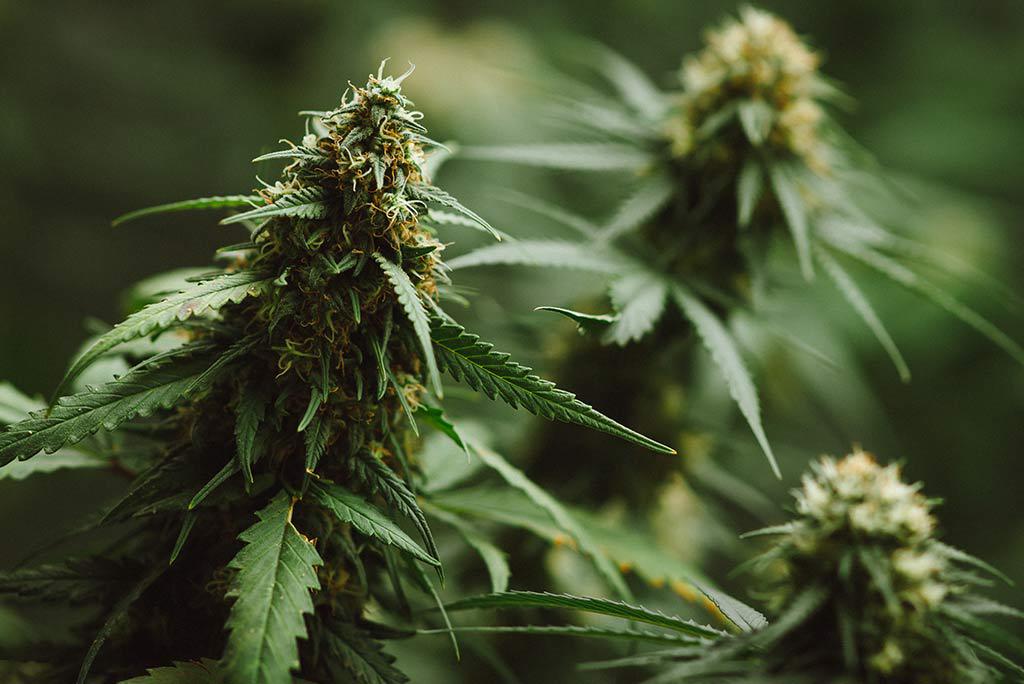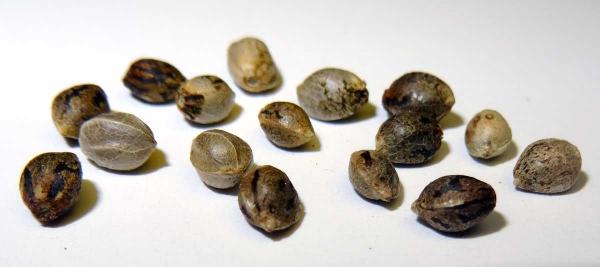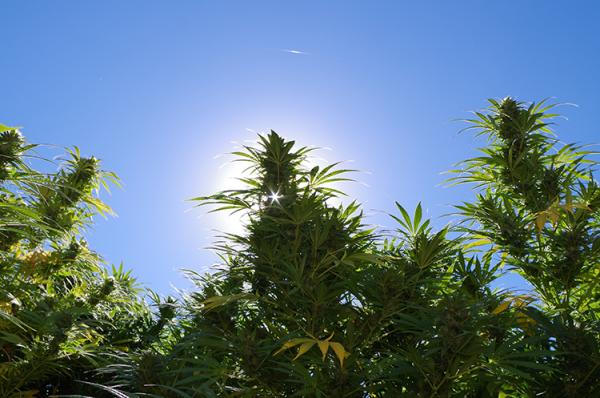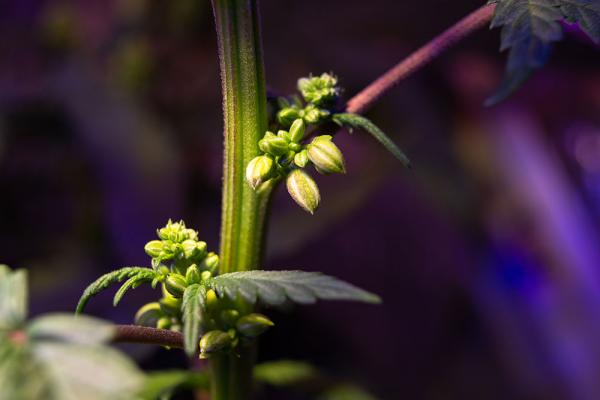There’s one good reason why professional grows always seem to look far bigger and healthier than most home grows. That being the use of CO2. Professional operations have been implementing the use of CO2 to boost photosynthesis for quite some time, and it’s just catching on in personal spaces.
Now more than ever, home growers are more easily able and apt to try CO2 systems in their operations. But, how and what are the benefits of the additional investment? Here we’ll cover everything you need to know on how to increase cannabis yields with CO2 and why you should.
The Basics of CO2 for Plants
Just like nutrients like phosphorus, nitrogen and potassium, CO2 is essential for plants to perform photosynthesis. Which is the process where plants use light to convert carbon dioxide into energy, for growth. It’s one reason why any grow needs an ample supply of fresh air, as that’s where natural levels of carbon dioxide are found. Some lights, like fluorescents or CFLS produce enough CO2 on their own in their growing environment.
But often, the natural levels of CO2 aren’t enough to supplement the photosynthesis process. Even with high-powered lights like LEDs, without appropriate levels of CO2 your plants won’t be able to harness the additional energy. Hence, why cannabis growers add in CO2 systems to their room to boost health and growth from the symbiotic relationship of light and CO2. Next, let’s cover all the unique benefits of providing CO2 to your plants, before discovering how to add to your own grow room space.
The Benefits of CO2 For Cannabis Yields
When you fine-tune optimal levels of CO2 in your grow room, combined with high-energy lights - the sky’s the limit for healthy, high-performing growth. To be more specific, here are the top 4 benefits of CO2 for cannabis yields.
Healthier Plants
When plants are able to absorb energy and light more efficiently for photosynthesis purposes, naturally their health is improved. Healthier plants not only help to increase yields, and improve quality but can be more resistant to issues like pests or molds.
Faster Growth
Plants receiving CO2 are able to optimize their energy uptake, which allows them to grow faster. In fact, most growers see a faster rate of growth up to 20%.
Bigger Yields
Healthier plants that grow faster, and more efficiently are able to produce bigger yields. Again, like the speed of growth you could see yields grow up to 20% more than usual by adding CO2.
Discretion
With CO2 you’ll want to ensure you have a proper seal on your room. Which means, you’ll have better security when it comes to smell emission. CO2 generators also produce a ‘natural’ type of smell that’s sufficient at covering up the pungent and less than discrete plant aromas.
How to Add CO2 To Your Grow Room
There are two main methods for adding CO2 to your grow room that professional grows typically implement. CO2 generators and compressed CO2 allow for the most control over how much CO2 is emitted, although come with a higher price tag than alternative methods. Let’s review each individually, to see if either method will work for your space. Remember, with any CO2 method, photosynthesis only occurs when lights are on. So, using a timer to control output is ideal. Plus, plants naturally transpire CO2 at night. This means levels are normally higher in the AM, than later in the cycles of light.
CO2 Generators
A CO2 generator works by burning propane, ethyl alcohol or natural gas which outputs water vapor and CO2 into your grow area. The generators look like an A/C unit or patio heater, and often come with an electronic monitor to set and gauge how much CO2 is produced. CO2 generators with just one burner typically produce the appropriate amount of CO2 for an 800 cubic square foot space.
So, keep in mind this is typically an option for bigger grow rooms, only. Especially considering, CO2 generators will also add heat to your room. If you already have issues adjusting heat levels you’ll want to get them in check before adding a new element to your space. Due to the overall nature of generators, you’ll want to ensure all safety features are in place while monitoring frequently.
Compressed CO2
Compressed CO2 tanks are widely available at grow stores, or even stores that sell home brewing supplies. Unlike generators, the CO2 is made by the manufacturer and kept in the tanks for use. With the compressed CO2 tanks you’re also able to control the output levels of CO2 without a high-tech monitor. Compressed CO2 tanks come equipped with a ‘doser,’ or pressure gauge, a flow meter, a timer, a solenoid valve, and tubing for use. Plus, with no burning, there’s no extra heat that’s produced. Compressed CO2 tanks are the ideal option for smaller grow rooms, and are typically cheaper than generators up-front.
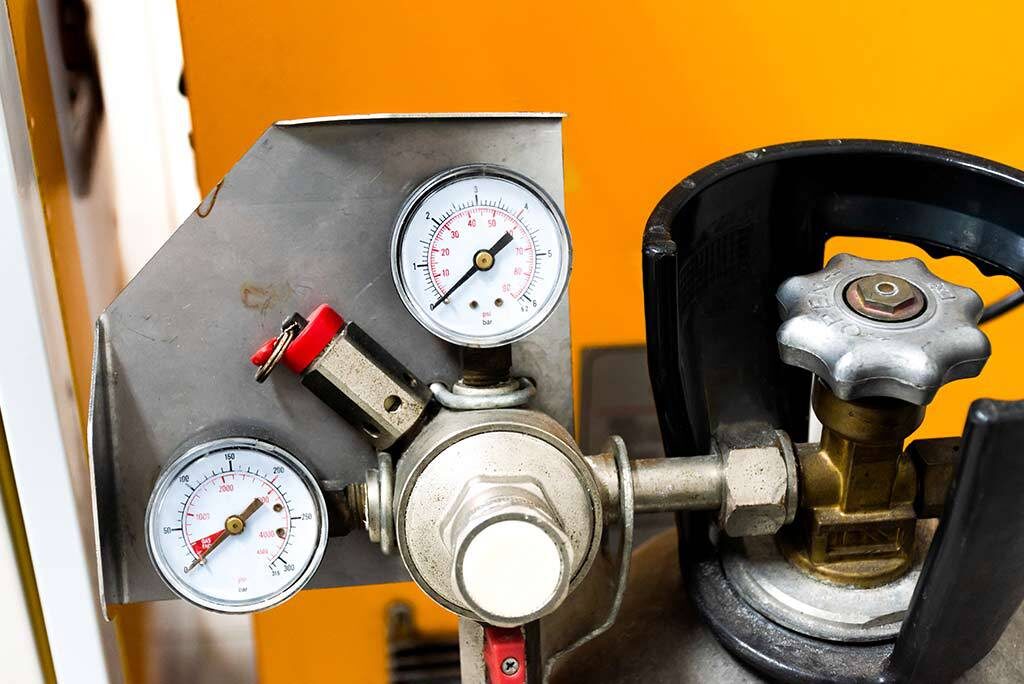
How to Calculate How Much CO2 You Need
To regulate the levels of CO2 in your garden, you’ll need to get a monitor that measures CO2 in PPM or parts per million. In regular air, typically CO2 is around 300-400 PPM. Plants benefit from levels of 1200-2000 PPM so you’ll not only need to monitor your natural levels, but how much you’re outputting to reach the optimal amounts.
While one study has shown plants can handle and boost yields with levels of 10,000 PPM, humans and animals can’t. For the most part you won’t have to worry about any risks of supplying CO2 to your grow room, health-wise, but anything over 3,000+ can be harmful. Over 5,000+ can be deadly, hence the importance of keeping levels in check.
Alternative Ways to Add CO2
Of course, there are more ‘at-home’ methods for adding CO2 to your grow room too. While these aren’t the most recommended methods, due to their lack of level control they can still supplement CO2 for its benefits.
Compost/fermentation
Composting or fermenting material naturally produces CO2. But, both methods can produce a pungent, foul odor, and don't produce high levels of CO2 in comparison to generators, or tanks.
CO2 bagsCO2 bags comprise mycelial mass, or fungi that grows on organic matter. These components also naturally produce CO2 but it often takes multiple to reach appropriate levels of PPM. The growth of fungi is also unreliable, so purchasing CO2 bags may be a waste in the end.
Dry ice
If you need a quick or temporary way to add CO2 to your grow room, dry ice may help. Dry ice is solid and cold CO2 that’s released into the air as it warms. Like other alternative methods, dry ice is hard to control and is hard to sustain for the amount you’ll need and price it costs.
Tips for A Successful CO2 Grow Room
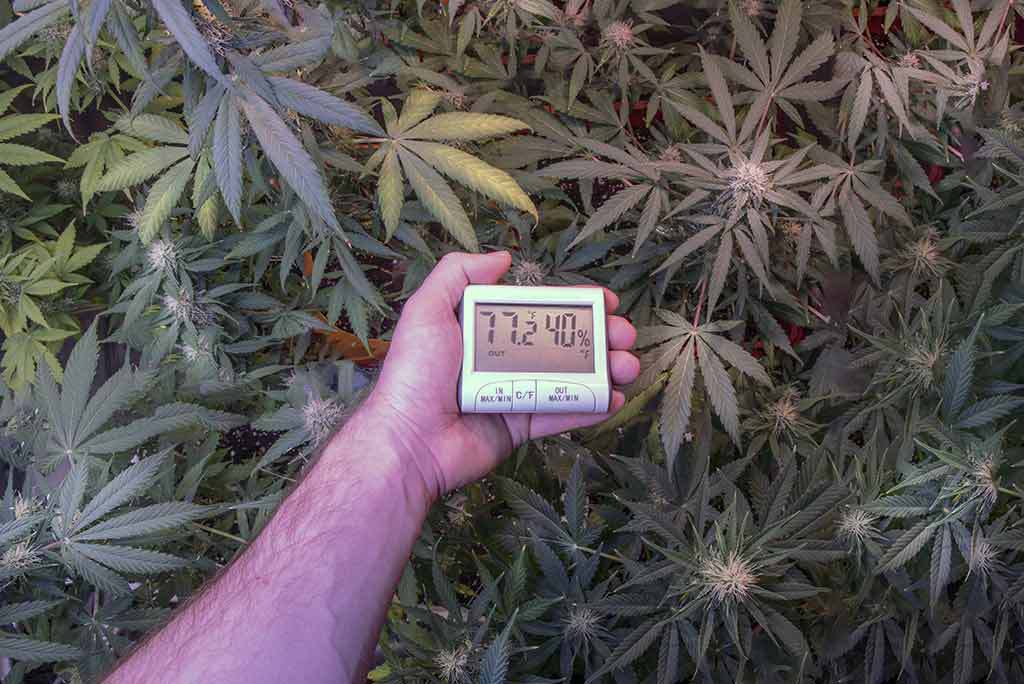
If you’re set on learning how to increase cannabis yields with CO2 then you’ll want to keep the following tips in mind, to do so properly -
Choose the right lights
Because CO2 will add heat to your room, you’ll want a light that’s cooler or cools naturally. However, because lights affect the plant’s ability to absorb CO2 you’ll want to maximize your system’s intensity.
Monitor temperature & humidity
With CO2, your plants will be able to handle higher heats than normal up to 85 - 95℉ (29-35℃) which also will help boost yields. But, you’ll want to ensure you maintain humidity levels of at least 40% - 60%. Below 40% the stomatas of the plant will close, not allowing CO2 to be absorbed. To help airflow, oscillating fans help and you’ll want to reduce air exhaust systems as much as possible. Since the exhaust system will waste CO2 you’re adding to the room. Dehumidifiers and recirculating A/C systems are an alternative option to try to manage optimal environment conditions.
Install CO2 above plant canopy
CO2 is heavier than air so sinks when it enters a room. That means you’ll want to hang your compressor, tank, or alternative methods so the CO2 ‘rains’ down on your plants from above.
Turn off CO2 at night
At night, plants essentially stop ‘breathing’ so there’s no use in producing CO2 when lights are off.
Boost Yields with CO2
Being aware of CO2’s benefits for cannabis crops is just the first step. Implementing your own CO2 system to increase yields, and improve quality is next. So use the information and tips you learned today, to try something new. Determine which CO2 method makes most sense for your space, and get ready to nourish to flourish with the fresh addition. In the end, you’ll be enjoying bigger pulls, and better quality harvests.

